Imagine you’re out in the wild, surrounded by nature’s beauty, but with no clean water in sight. Don’t worry, because we’ve got you covered with our top ways to purify water in the wild. Whether you’re camping, hiking, or simply exploring, it’s essential to have access to safe and drinkable water. In this article, we’ll explore some effective and ingenious methods to ensure that you quench your thirst without compromising your health. From boiling and using filtration systems to harnessing the power of the sun, we’ve got you covered. So let’s dive in and discover the best ways to stay hydrated while embracing the wonders of the great outdoors!
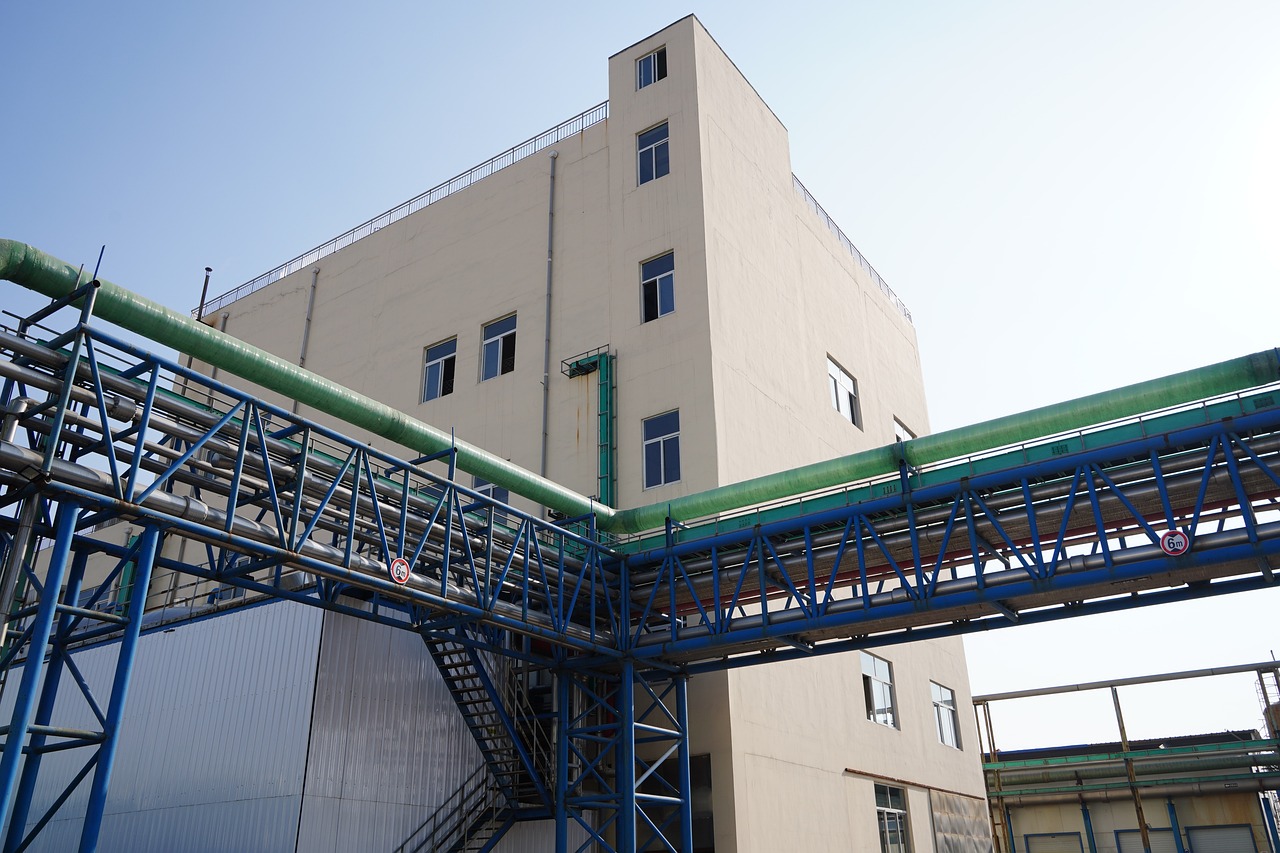
Boiling Water
Boiling water is one of the most effective and reliable methods to purify water in the wild. It is a simple and inexpensive technique that can kill most types of disease-causing organisms. To boil water, first, collect water from a clean source such as a stream, river, or a natural spring. Make sure the water is clear and free from any visible contaminants.
Next, find a heat source such as a campfire or a portable stove. Place a pot filled with the collected water on the heat source and bring it to a rolling boil. A rolling boil means that the water is bubbling vigorously and consistently. Maintain the boil for at least one minute to ensure that all harmful organisms are killed.
After boiling, allow the water to cool down before drinking. Remember, boiling water does not remove chemical contaminants, so it is important to consider other purification methods if there is a possibility of chemical contamination.
Using Water Purification Tablets
Water purification tablets are a convenient and portable solution for purifying water in the wild. They contain chemicals like chlorine or iodine that effectively kill bacteria, viruses, and protozoa. It is important to choose a reputable brand of water purification tablets to ensure their effectiveness.
Before using water purification tablets, read the instructions carefully. Different brands may have varying dosage instructions and contact times. Generally, you will need to add the recommended number of tablets to the water, depending on the volume to be treated. Let the tablets dissolve completely and wait for the specified time before consuming the water.
Keep in mind that water purification tablets may leave a taste or odor in the water. If this is bothersome, you can use flavoring agents or carbon filters to improve the taste.
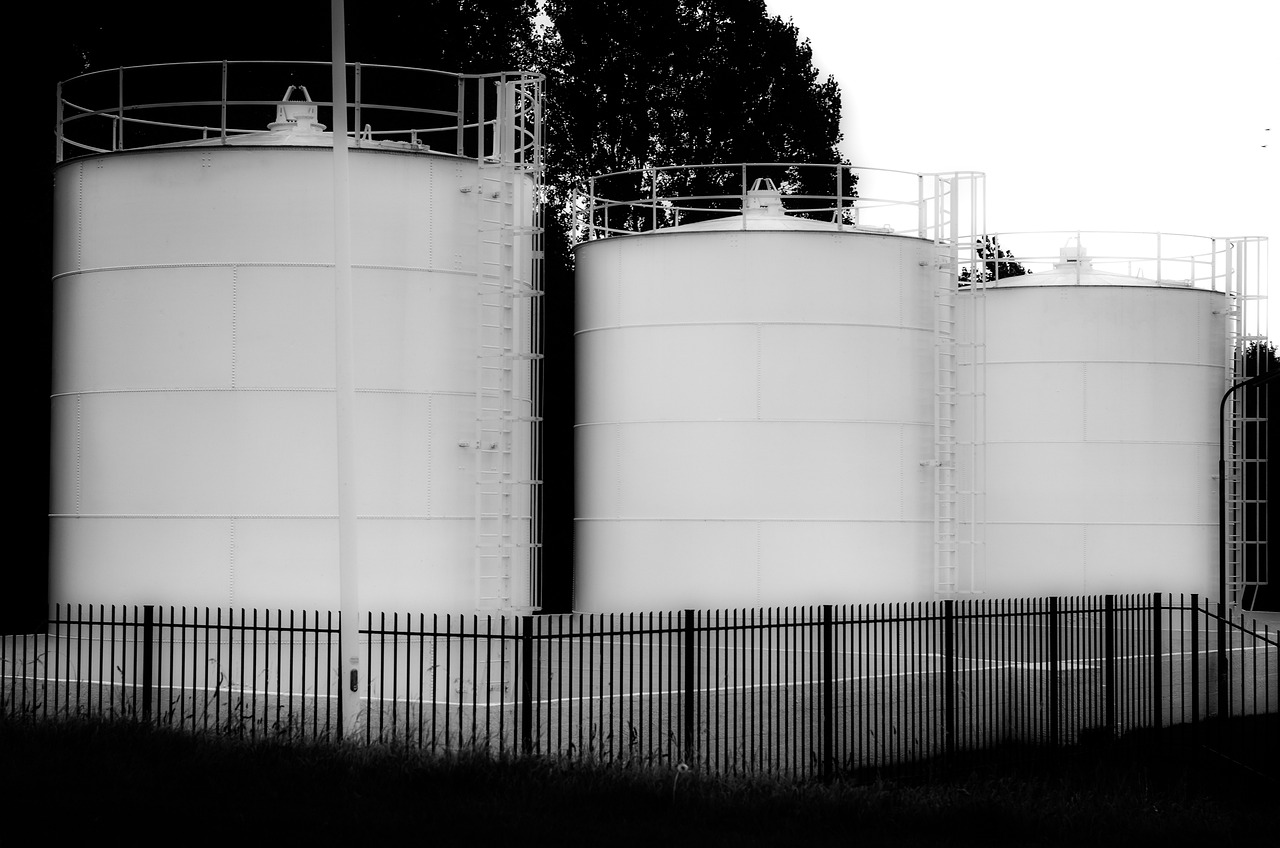
Using a Water Filter
A water filter is an excellent tool for purifying water in the wild. There are various types of portable water filters available, but it is important to select one that is suitable for outdoor use and can effectively remove bacteria, protozoa, and other contaminants.
To use a water filter, start by pre-filtering the water to remove any large particles or debris. This can be done by using a cloth or bandana to strain the water. Next, attach the filter to a water bottle or container according to the manufacturer’s instructions. Some filters have built-in containers, while others can be connected to existing water bottles.
Once the filter is set up, follow the manufacturer’s instructions for filtering the water. This usually involves pumping or squeezing the water through the filter cartridge. The filter will effectively remove bacteria, protozoa, and other contaminants, providing you with clean and safe drinking water.
Using Chemicals
Chemical disinfectants are another viable option for water purification in the wild. There are different types of chemical disinfectants available, such as chlorine dioxide or iodine-based solutions. It is crucial to choose chemicals that are specifically designed for water purification and follow the instructions on the packaging.
To use chemicals for water purification, start by determining the appropriate dosage based on the volume of water you need to treat. Mixing too little or too much chemical disinfectant can affect its effectiveness. Once you have calculated the correct dosage, mix the chemical disinfectant with the water thoroughly.
After mixing, it is recommended to shake the container to ensure proper distribution of the disinfectant. This will help in contact time effectiveness. Wait for the recommended contact time to allow the disinfectant to kill any harmful organisms present in the water. Once the contact time has passed, the water is safe to drink.
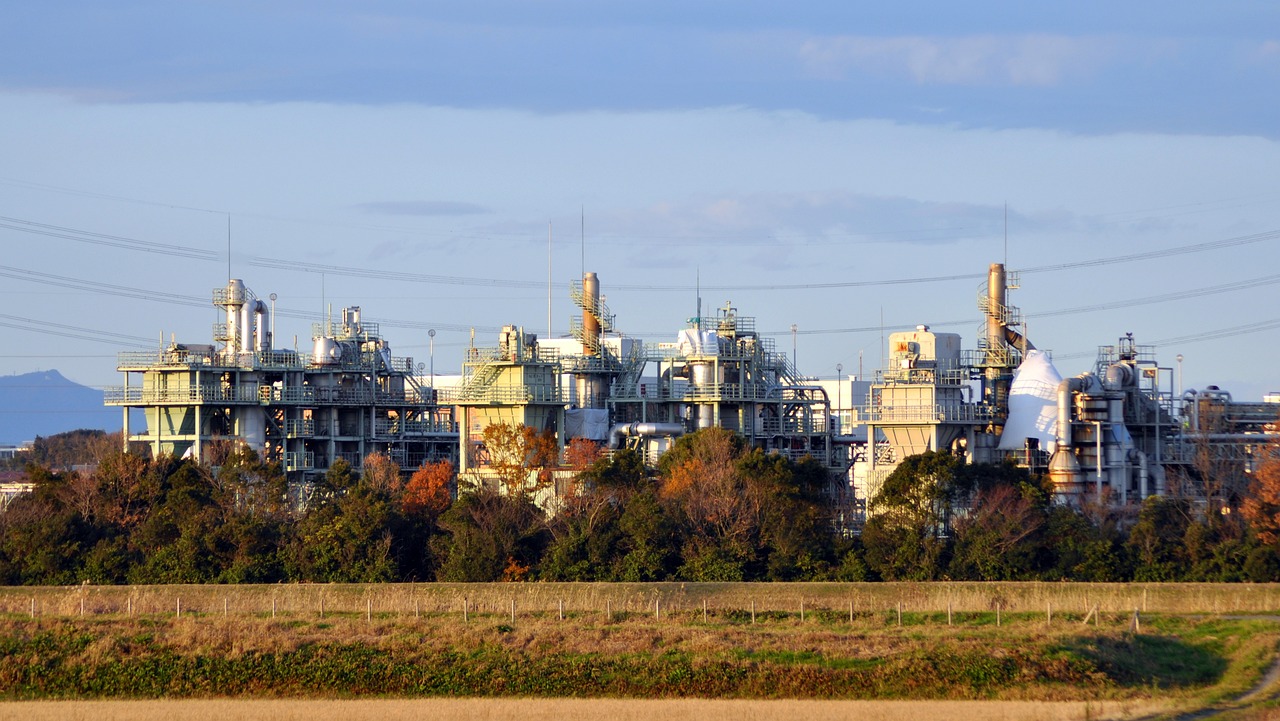
Using Ultraviolet (UV) Light
Using ultraviolet (UV) light is a quick and effective method to purify water in the wild. UV light devices designed for water purification use high-intensity light to kill bacteria, viruses, and protozoa present in the water. These devices are usually portable and require batteries for operation.
To use UV light for water purification, first, select a portable UV water purification device suitable for outdoor use. It should be compact, lightweight, and capable of delivering sufficient UV dose to kill harmful organisms effectively. Before treating the water, remove any particles or sediment by allowing it to settle or through pre-filtering.
Place the UV light device in the water and ensure it is fully submerged. If indicated, insert the required batteries and press the activation button. Allow the UV light to purify the water for the specified time recommended by the manufacturer. Once the treatment time is complete, the water is ready to be consumed.
Keep in mind that UV light may not be effective against all types of contaminants, such as chemical pollutants or heavy metals. Therefore, it is important to consider other purification methods if there is a possibility of such contamination.
Using Charcoal
Charcoal can be used as a natural filtration method to purify water in the wild. It helps in removing impurities, odors, and some chemicals from the water. However, it does not eliminate all types of contaminants, so it is best used as a basic filtration method.
To use charcoal for water purification, start by collecting charcoal from a safe and natural source. Make sure the charcoal is free from any chemical additives or contaminants. Crush the charcoal into small pieces to increase its surface area and enhance its filtration capabilities.
Create a filtration system using a cloth or bandana. Place a layer of the cloth on top of a container or bottle and add a layer of crushed charcoal on top of the cloth. Pour the water through the filtration system, allowing it to seep through the cloth and charcoal layers. The charcoal will help in trapping impurities, improving the overall quality of the filtered water.
Collect the filtered water in a clean container and allow it to settle before consuming. While charcoal filtration is beneficial, it is not a foolproof method, especially for removing certain chemicals or heavy metals. If there are concerns about chemical contamination, consider using additional purification methods.
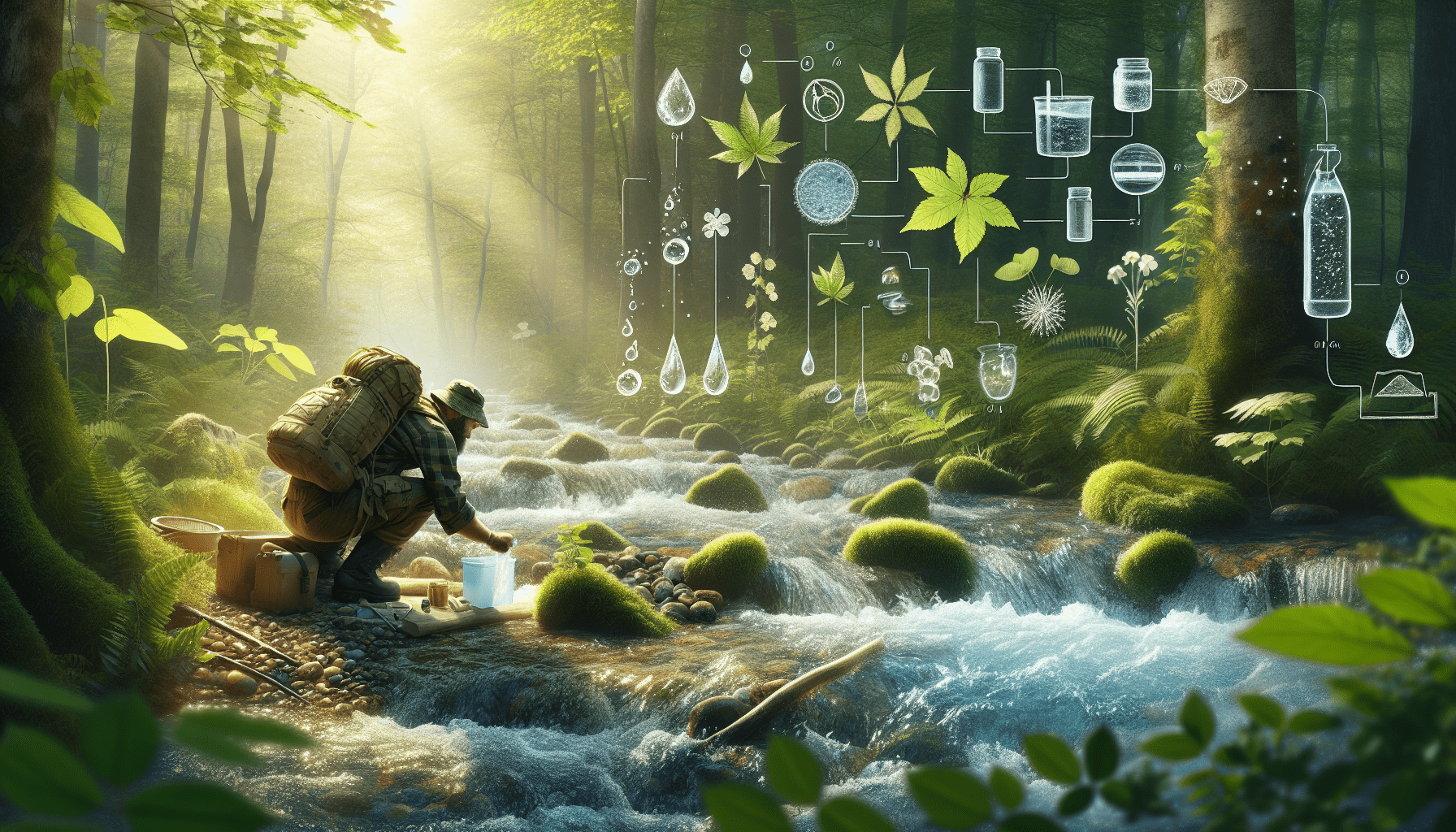
Using Solar Disinfection
Solar disinfection, also known as SODIS, is a simple and environmentally friendly method to purify water in the wild. It utilizes the sun’s ultraviolet (UV) radiation to kill harmful microorganisms present in the water.
To use solar disinfection, start by selecting a clear plastic or glass bottle. Fill the bottle with the water to be purified, leaving some room at the top to allow for expansion. It is important to use transparent materials as they allow UV radiation to penetrate the water effectively.
Place the bottle in direct sunlight, ensuring that it is not shaded or covered by any objects. The water needs to be exposed to sunlight for at least 6 hours to kill most microorganisms. During this time, the sun’s UV radiation will disinfect the water and make it safe to drink.
Once the solar disinfection process is complete, it is essential to handle the bottle carefully as the water may still be hot. Remember that solar disinfection does not remove chemical contaminants, so it is advisable to use alternative purification methods if there are concerns about chemical pollution.
Using a Portable Distiller
A portable water distiller is an efficient method to purify water in the wild. It works by heating the water to create steam, which is then condensed back into liquid form, leaving behind contaminants and impurities.
To use a portable water distiller, start by choosing a suitable distiller designed for outdoor use. These devices are compact, lightweight, and can be powered by various heat sources such as campfires or portable stoves.
Collect water in a separate container and pour it into the distiller. Heat the distiller to a level that will cause the water to boil. As the water boils, steam will rise and pass through a condensation system, leaving behind impurities and contaminants. Collect the condensed water in a clean container, and allow it to cool before drinking.
Using a portable distiller is an effective method to remove various types of contaminants, including heavy metals and chemicals. However, it may require additional equipment and energy sources, making it less practical in certain wilderness situations.
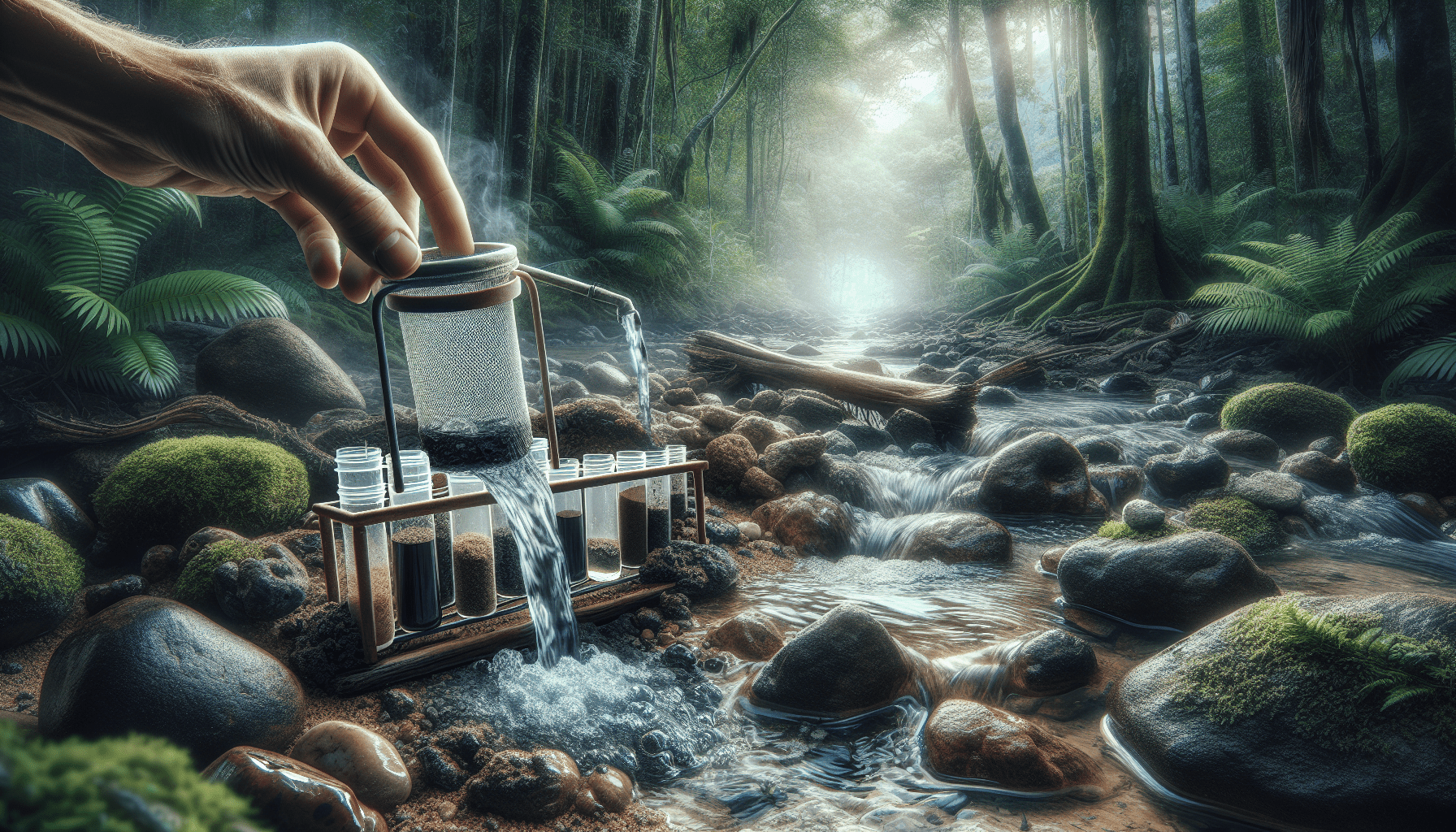
Using Natural Filtration Methods
Natural filtration methods involve using the environment to filter and purify water. One such method is using porous materials like sand or gravel to create a filtration system.
To use natural filtration, start by finding a porous material such as sand or gravel. Dig a hole and line it with the chosen material, ensuring that it forms a layer of filtration. Pour water into the hole and allow it to seep through the filtration layer. The porous material will help in trapping impurities and providing cleaner water.
Collect the filtered water from the hole and check its clarity. While this method can be effective in removing larger particles and some contaminants, it may not be sufficient for eliminating all harmful microorganisms. It is recommended to further treat the water through boiling or using additional purification methods to ensure its safety.
Using Reverse Osmosis
Reverse osmosis is a more advanced method of water purification that utilizes a semipermeable membrane to remove contaminants. Portable reverse osmosis water filters can be an effective option for purifying water in the wild.
To use reverse osmosis for water purification, start by acquiring a portable reverse osmosis water filter designed for outdoor use. These filters typically have built-in pump mechanisms or can be connected to a water source, such as a river or a lake.
Connect the filter to the water source and pump the water through the filter membrane. The semipermeable membrane will effectively remove bacteria, viruses, chemicals, and other contaminants, providing you with clean and purified water.
Collect the purified water in a clean container and ensure it is properly sealed to maintain its purity. Reverse osmosis is a reliable purification method, but it may require additional equipment and maintenance. It is important to follow the manufacturer’s instructions for optimal results.
In conclusion, there are various ways to purify water in the wild, each with its advantages and limitations. Boiling water, using water purification tablets, employing a water filter, utilizing chemicals, UV light, charcoal, solar disinfection, portable distillers, natural filtration methods, and reverse osmosis are all viable options depending on the available resources and specific needs. By following the recommended techniques and taking necessary precautions, you can ensure access to safe and clean drinking water even in the wilderness. Stay hydrated and stay safe!
